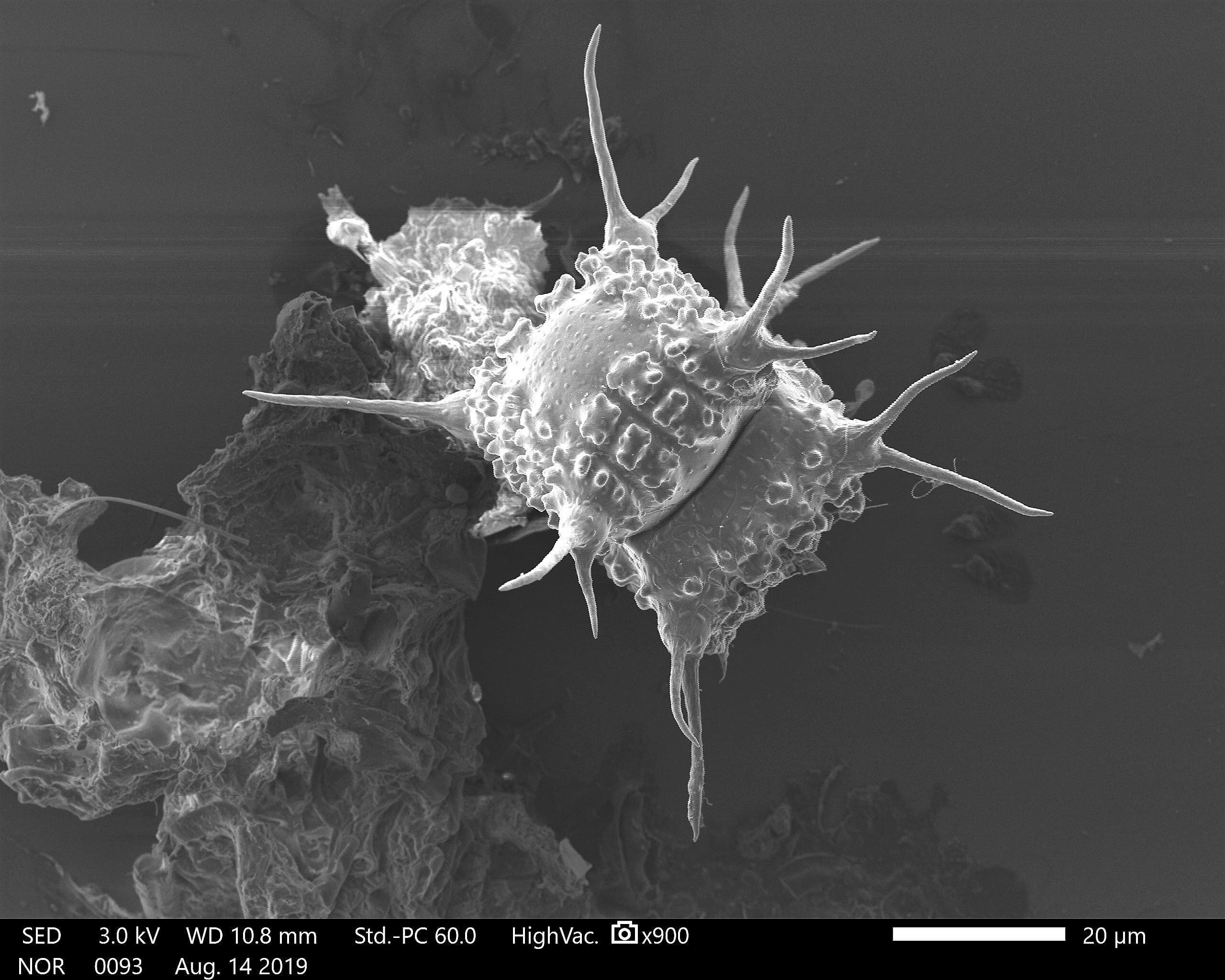 Photo by: Kristy Sullivan
Photo by: Kristy SullivanLong-term Lake Annie records
Long-term data determine trends over time in the physical, chemical, and biological features of this subtropical lake.
Lake Annie was purchased by Archbold Biological Station in 1983. The lake has been monitored since then, important as one of few subtropical lakes worldwide under continuous study. Monthly measurements of temperature, light, pH, conductivity, and dissolved oxygen, from the top to the bottom of the lake, were started in 1983. Nutrients, chlorophyll a, and water color were added in 2001. Plankton sampling began in 2005.
Major Findings & Impact
Long-term records show nitrogen has increased since 1983, but phosphorus has changed little, and no algae blooms have occurred. Lake Annie becomes tea-colored during high water periods that occur when the mid-Atlantic is warmer, known as the warm phase of the Atlantic Multidecadal Oscillation. In these times the lake becomes darker (less transparent) which causes it to be cooler, more resistant to mixing from top to bottom, and to have diatom species typical of darker water.
Project Details
More about this project
Primary Location(s)
Archbold Biological Station
Years Active
1983 - present
Data and Analysis Types
Nutrients, Chlorophyll a, Water color, Dissolved organic carbon, Phytoplankton
Related People
Related Programs
Featured Publications
"Phytoplankton are highly sensitive to variability in climate and the resulting physical and chemical changes in lake water. Lake Annie is experiencing increased inputs of tea-colored dissolved organic carbon. Phytoplankton communities differed between years with darker water (2005–-2007, 2012–2019) and years with clearer-water (2007–2012). Diatoms, dominant in dark-water years, nearly disappeared during clear-water years."





.jpg&w=3840&q=75)


.jpg&w=3840&q=75)

